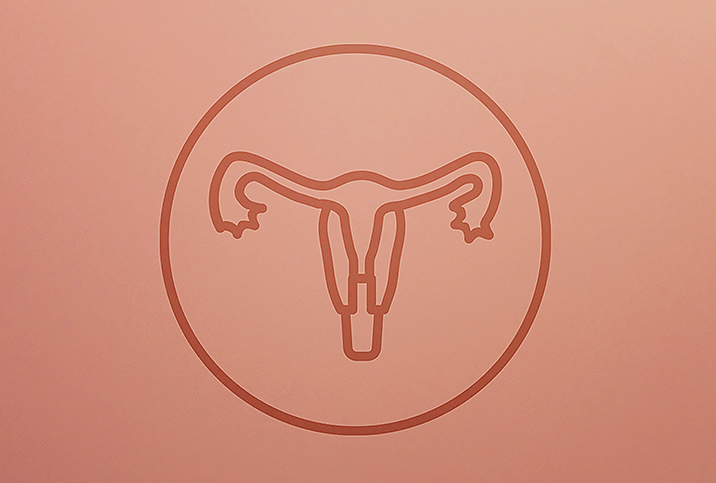Why the Guidelines for Pap Smears Are Changing

The newest version of the American Cancer Society (ACS) cervical cancer screening recommendations, from July 2020, has two major differences from those set in 2018: the age at which women should start screening and the type of test that should be done.
What’s the difference between screenings?
In 2018, women were advised to begin getting Pap smear tests at age 21 and then repeat them every three years thereafter. The newest guidelines call for cervical cancer screening to begin at age 25. Women under 25 should not be screened.
Women ages 25 through 65 have three options:
- Primary HPV test every five years (preferred)
- HPV/Pap co-test every five years
- Pap smear screening every three years
A Pap smear screening looks for any abnormal cells in the cervix that can lead to cancer, whereas the HPV test looks specifically for high-risk strains of the human papillomavirus that cause cervical cancer; there are minor strains of HPV that do not cause cervical cancer.
The HPV co-test is part of the Pap smear and is done at the same time. Both tests are performed the same way, with a brush used to collect a sample of cervix cells.
Of course, the above recommendations can be altered depending on the patient’s circumstances. Sometimes, a woman may need more frequent Pap smears; the guidelines are not set in stone. Your doctor can monitor and treat you accordingly.
Why the sudden change?
Pap smears have been around for quite some time. Over the past four years, however, the HPV test has shown itself to be more accurate as well as more in-depth than a Pap test, which is why most women don’t need to be screened as often, under normal circumstances. The HPV test is also more sensitive than a Pap smear, allowing for more precancers to be detected.
The ACS guidelines are changing only slightly. The HPV test was recommended in 2018 as being equal to a Pap test, but is now being held in higher regard as the more recommended screening for cervical cancer.
The ACS concluded from new studies that the benefits of cervical cancer screening in women ages 21 to 24 do not outweigh the harms. Some studies have focused on women in their 20s who received the HPV vaccine as teenagers or young women, finding that cervical cancer screenings show the vaccines are highly effective in preventing HPV, which is the leading cause of cervical cancer. Since the vaccines have led to such a radical drop in HPV infections and cervical cancers in this age group, it was felt there was no need to start testing so early.
Another factor is that HPV infections in younger women typically go away on their own without treatment. If a young woman is screened and found to have HPV, the treatments she may undergo can cause side effects that last for years. Ultimately, the ACS concluded that testing at a later age would be the most beneficial approach.
The schedule for testing has also changed based on these studies. Since the HPV test is more sensitive and accurate, testing can be done on a less frequent basis. In fact, the American Cancer Society found that testing too frequently can do more harm than good to the body, so testing less frequently with a more accurate procedure is more beneficial for women’s health.
More changes?
So, will the recommendations change again? The short answer: Yes.
As technology advances and studies around the HPV vaccine develop, the likelihood of seeing more changes to the recommendations is high. Cervical cancer is typically diagnosed in more than 13,000 women each year. It’s vital that studies be conducted and recommendations upgraded to keep up with the science that can prevent the disease from occurring.
















